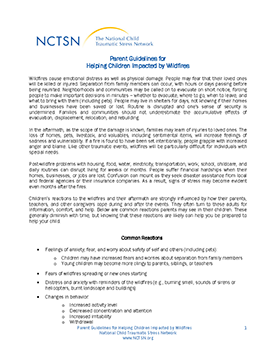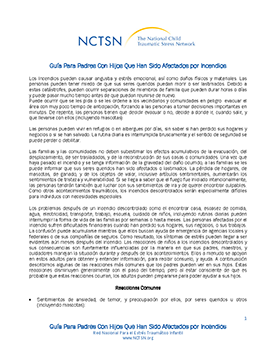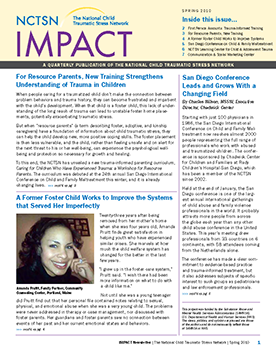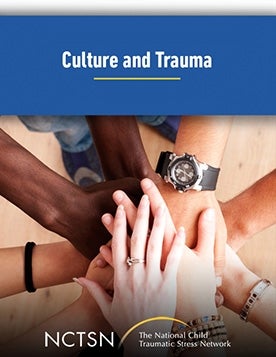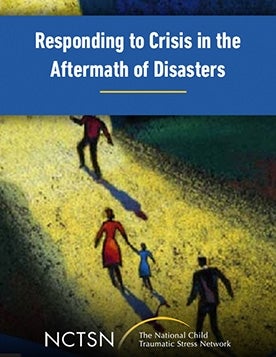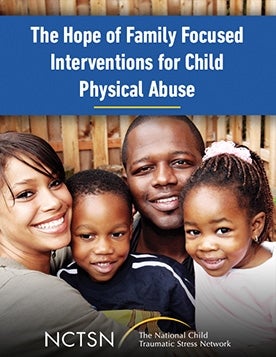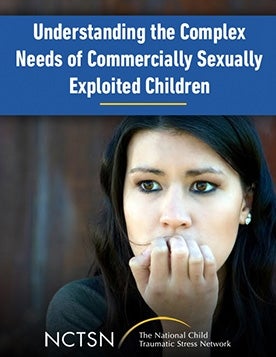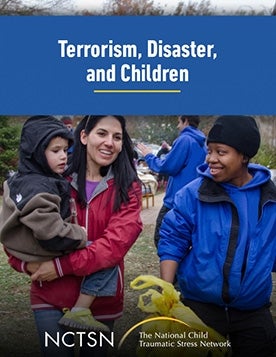
Tips for Parents on Media Coverage of the Tornado
Gives information to parents and caregivers about media coverage following a tornado. This tip sheet describes what parents can do to help their children, media exposure after disaster events, and talks about what it is like when a family is a part of the story.
